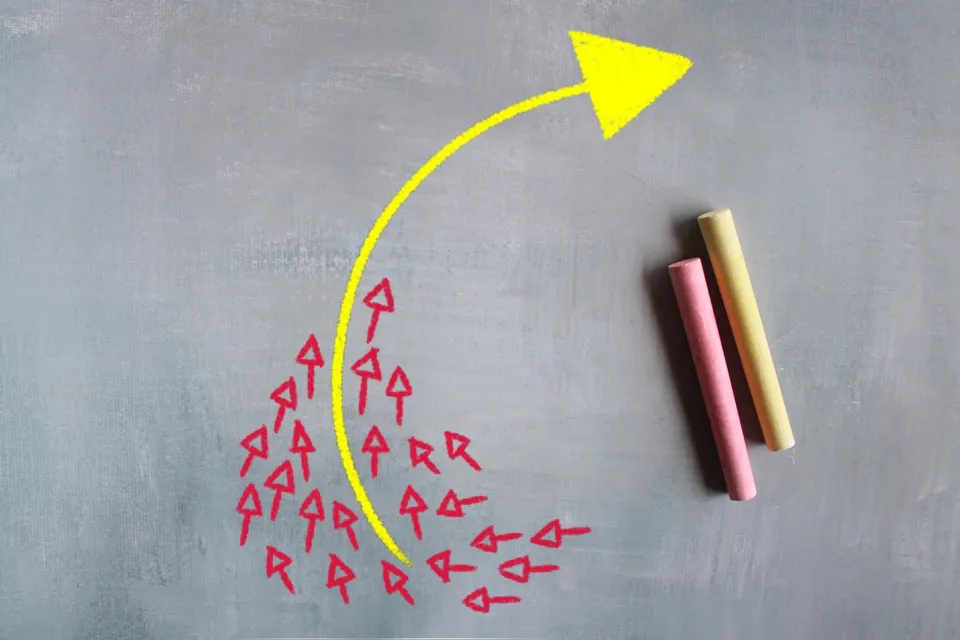A Step-by-Step Guide to Writing a Persuasive Character Letter to a Judge for a Family Member
Understanding the Purpose of a Character Letter
When a family member faces court proceedings, a well-crafted character letter can provide a judge with valuable insight into their personality, values, and behavior outside of the courtroom. These letters are often considered during sentencing or custody hearings and can influence a judge’s perspective by presenting a holistic view of the individual in question. Unlike legal defenses or testimonies, character letters focus on demonstrating positive attributes, personal growth, and community involvement through specific, firsthand examples. Judges frequently rely on these letters to learn about aspects they cannot discern from legal documents or formal arguments [1] .
Essential Elements of an Effective Character Letter
To write a persuasive and credible letter, include the following core elements:

Source: minuteschool.com
- Professional Salutation: Address the letter directly to the judge overseeing your family member’s case. If you don’t know the judge’s name, contact your family member’s attorney or the court clerk for this information. Always use a respectful greeting, such as “To the Honorable Judge [Last Name]” [4] .
- Introduction: Briefly introduce yourself, specifying your full name, occupation, and relationship to the family member. Clarify how long you have known them and in what capacity. This establishes your credibility and the context of your observations [2] .
- Purpose of the Letter: State clearly why you are writing to the judge, referencing your desire to provide a truthful, personal perspective on your family member’s character.
- Body with Specific Examples: Highlight your family member’s positive traits-such as integrity, reliability, or compassion-using concrete stories or situations you have witnessed. Judges value details over vague praise. For instance, instead of simply stating that your relative is “kind,” recount a time they volunteered in your community or supported someone in need [1] .
- Acknowledgement of the Legal Situation: Show that you understand the seriousness of the case without debating the facts or criticizing the justice system. If your family member has taken steps toward rehabilitation, mention these efforts [1] .
- Conclusion and Request: Summarize your support for your family member and respectfully request that the judge consider your perspective in their decision. Thank the judge for their time and attention.
- Signature and Contact Information: End the letter with your handwritten signature (if submitting a physical copy), typed full name, and a way to reach you if the court has further questions.
Step-by-Step Instructions for Writing Your Letter
Follow these practical steps to write an effective character letter:
- Gather Key Information: Before writing, confirm the correct spelling of the judge’s name, the case number, and your family member’s legal name as it appears in court documents. This ensures your letter is properly identified and considered [3] .
- Brainstorm Examples: List your family member’s positive traits and think of specific incidents that illustrate these qualities. For example, if your relative has shown responsibility, describe a time they managed a challenging situation at work or cared for a family member in crisis [2] .
- Create an Outline: Organize your thoughts into the standard format: an introduction, body paragraphs with examples, and a concise conclusion.
- Write a Draft: Begin with a respectful salutation and proceed through your outline. Use clear, direct language and avoid overly emotional or exaggerated statements. Focus on sincerity and authenticity.
- Proofread and Edit: Review your letter for grammar, spelling, and clarity. Ensure your statements are truthful and can be substantiated if necessary. A single page (or up to two pages in complex cases) is usually sufficient and preferred [5] .
- Consult with the Attorney: If possible, share your draft with your family member’s attorney. They can provide guidance on legal considerations and may suggest revisions to strengthen your letter [1] .
- Submit the Letter: Follow the instructions provided by your family member’s attorney or the court for submission. This may involve mailing the letter directly to the court or giving it to the attorney for filing. Always keep a copy for your records.
Examples of Effective Character Letters
To illustrate these principles, consider the following examples:
Example 1 (Parent Writing for a Child):
“To the Honorable Judge Smith, My name is Sarah Johnson, and I am the mother of Michael Johnson, who is currently before you in Case #2025-1234. I have known Michael all his life and can attest to his deep sense of responsibility. Last year, when our family faced a medical emergency, Michael balanced work, school, and caring for his younger siblings with unwavering dedication. His actions showed maturity and compassion beyond his years. I respectfully ask you to consider his character and growth as you make your decision.”
Example 2 (Sibling Writing for a Sibling):
“To the Honorable Judge Brown, I am Emily Davis, the older sister of Andrew Davis. I have had the privilege of watching Andrew volunteer at our local food bank every weekend for the past three years. His commitment to helping others, especially during challenging times, has inspired many in our community. I hope you will take his selfless contributions into account as you review his case.”
Addressing Special Situations: Custody and Sentencing Cases
In family law, character letters may be crucial in custody battles or when a parent’s past mistakes could impact their rights. If writing for a custody case, emphasize the parent’s relationship with their child, involvement in daily life, and commitment to providing a safe, loving environment. Be honest about any issues but focus on positive changes and current stability [3] .
For sentencing, highlight evidence of rehabilitation, community service, or personal growth since any incident. Avoid making excuses for legal missteps; instead, show how your relative has learned from the experience and is committed to positive change [1] .

Source: ar.inspiredpencil.com
Common Mistakes to Avoid
Even well-intentioned letters can lose impact if they contain certain errors:
- Being Too Vague: General statements like “He is a good person” lack persuasive power. Always provide specific examples.
- Overly Lengthy or Disorganized Letters: Judges have limited time. Keep your letter concise, focused, and well-structured [4] .
- Criticizing the Legal System: Avoid negative comments about the court, district attorney, or process. Maintain a respectful, positive tone throughout [5] .
- Providing False Information: Never exaggerate or invent facts. Judges may verify claims, and dishonesty could harm your family member’s case.
- Ignoring Submission Guidelines: Each court may have different rules for submitting character letters. Always check with the attorney or court clerk for specific instructions.
Alternative Approaches and Additional Resources
If you are unable to write a letter due to time constraints or discomfort, you might consider providing a brief statement for your family member’s attorney to incorporate into their submission. Alternatively, you can volunteer as a character witness if the court allows oral testimony. Many local legal aid societies and bar associations offer sample templates and guidance for writing character letters. To find these resources, search for “character letter template” on reputable legal information websites, or contact your state’s bar association for assistance.
For those needing further help, you can reach out to your family member’s attorney for sample formats or consult official state court websites for guidelines. Many courts provide downloadable forms and FAQs on their official websites, which can be found by searching for your state’s judicial branch online.
Key Takeaways
Writing a character letter to a judge for a family member is a meaningful way to provide crucial, personal insight during court proceedings. By focusing on honesty, specificity, and structure, and by following legal guidelines, your letter can play a significant role in shaping the court’s understanding of your loved one’s character. Always consult with the attorney involved and never hesitate to seek additional guidance from official legal resources.
References
- [1] The Fernandez Firm (2023). Writing Effective Character Letter for Court.
- [2] Baldani Law Group (2024). Tips for an Effective Character Letter for a Judge.
- [3] Custody X Change. Character Reference Letter for Court: Child Custody Template.
- [4] Suhr Law Lexington (2020). Tips for an Effective Character Letter for a Judge.
- [5] Cohen Defense Group (2024). How Do You Write a Good Character Letter for Court?
MORE FROM mumsearch.com













